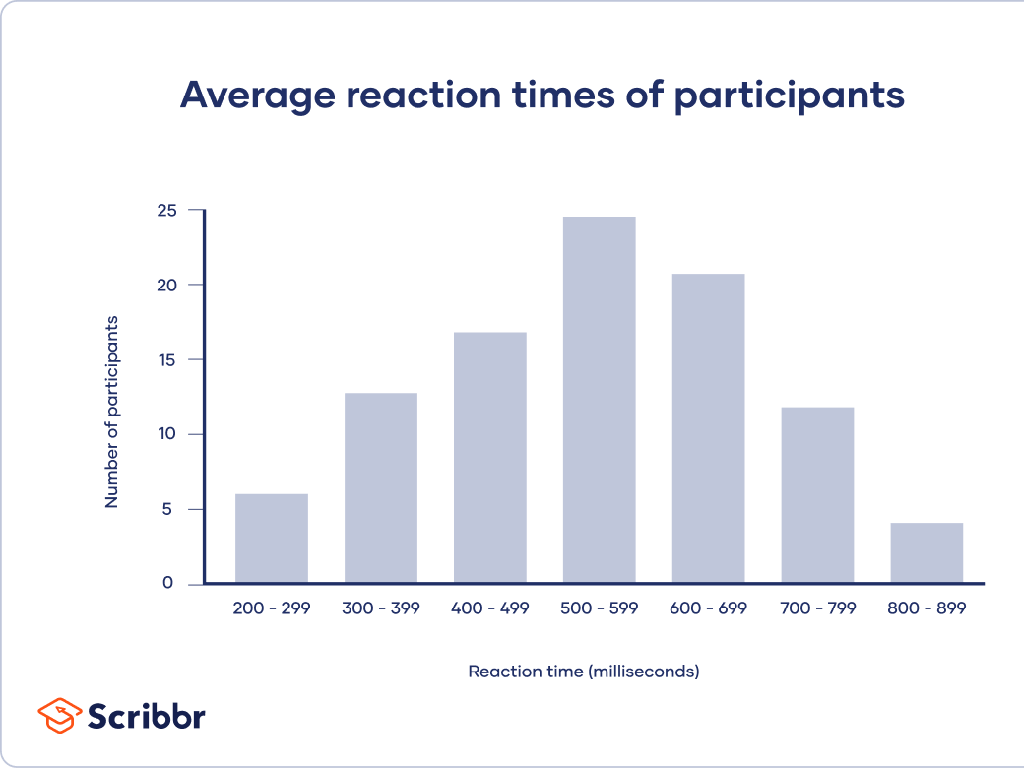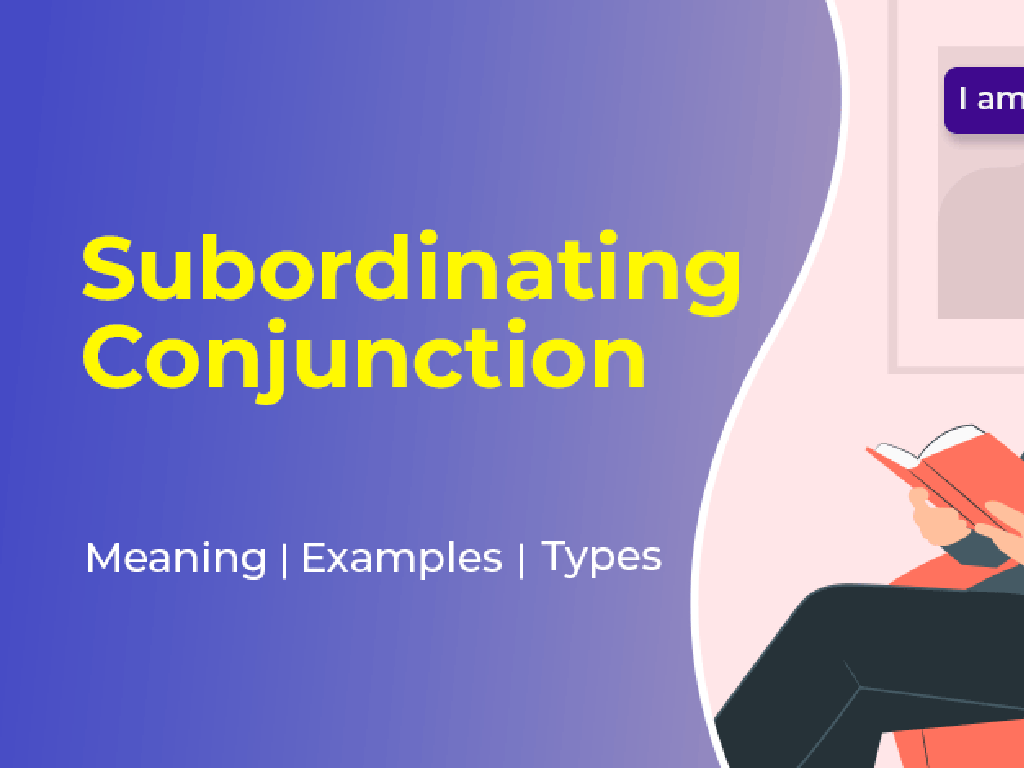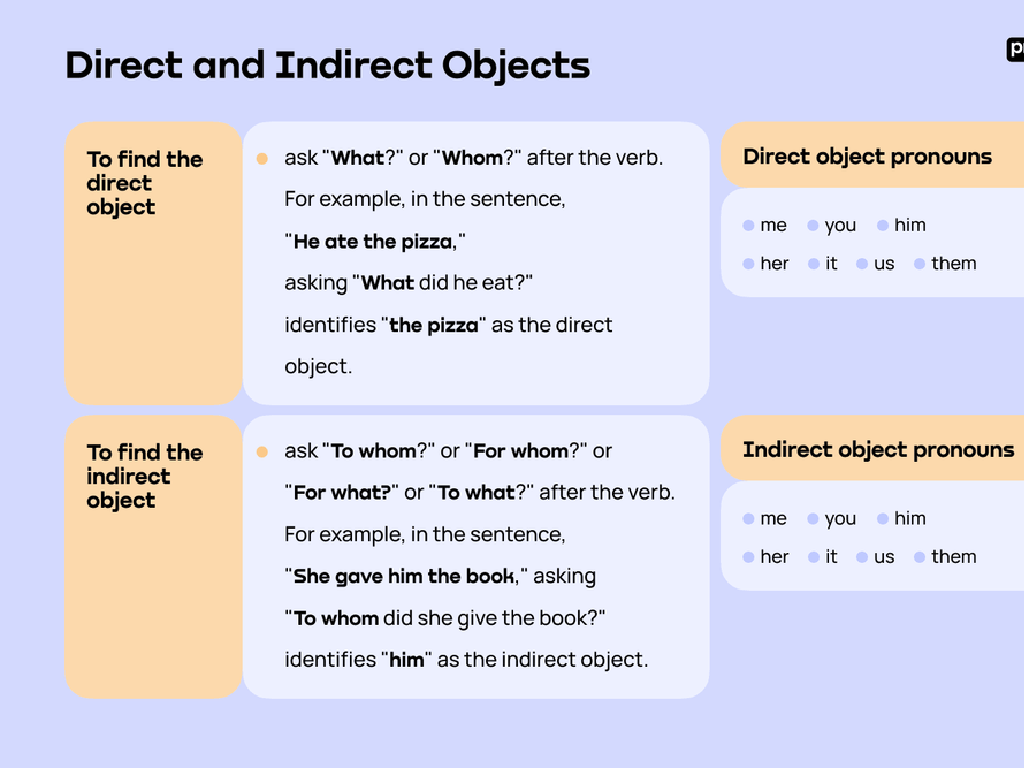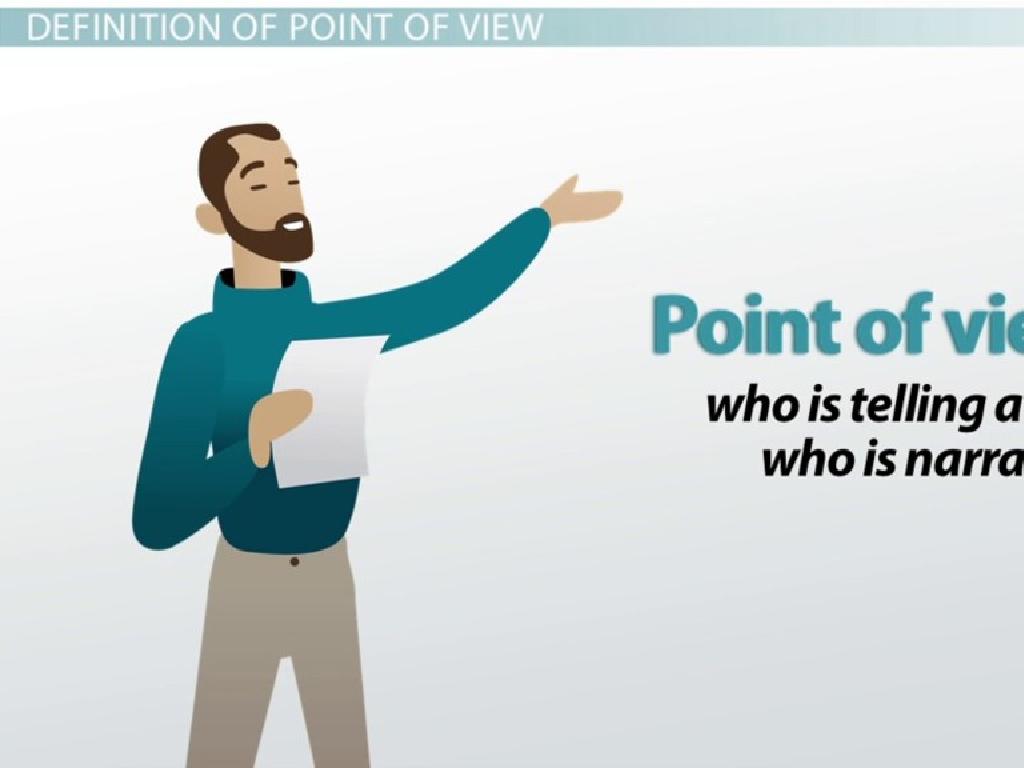Money - Word Problems
Subject: Math
Grade: First grade
Topic: Money
Summary: This first grade math lesson introduces young learners to money concepts and practical word problems. Students will identify pennies, nickels, dimes, quarters, and dollars, learn their values, and practice counting and adding coins through engaging stories and class activities. Real-life scenarios encourage students to solve money word problems, make purchases, and set savings goals, helping build confidence and real-world math skills. Activities like scavenger hunts make learning money both interactive and fun.
Please LOG IN to download the presentation. Access is available to registered users only.
View More Content
Welcome to Money Math!
– Learn about money today
– Understand value of coins and bills
– Pennies, nickels, dimes, quarters, and dollars
– Using money in daily life
– Buying toys, food, and saving in piggy banks
– Practice with word problems
– Solve fun problems about spending and saving
|
This slide introduces first graders to the concept of money, which is an essential part of everyday life. Start by explaining that money comes in different forms, such as coins and bills, and each has a different value. Use real or play money to show the differences between pennies, nickels, dimes, quarters, and dollar bills. Discuss common uses of money, like buying things we need or want, and the concept of saving. Engage the students with simple word problems that involve adding and subtracting money, emphasizing the practical application of math skills in real-world scenarios. Encourage the children to think of times they have used money and share their experiences.
Understanding Money
– Money is used for purchases
– Coins and bills have values
– Pennies, nickels, dimes, quarters, and dollars each have a unique value.
– Saving money in piggy banks
– A piggy bank is a fun way to save coins and small bills for something special!
– Saving money in bank accounts
– Bank accounts keep money safe and can help it grow over time.
|
This slide introduces the concept of money to first graders. Begin by explaining that money is what we exchange for things we need, like food and clothes, and things we want, like toys. Show them different types of money, such as coins and bills, and explain that each has a different value. Discuss the concept of saving money, using a piggy bank as a tangible example they can relate to. Also, introduce the idea of a bank account as another way to save money. Use simple, relatable examples to help them understand why saving is important. Encourage students to ask questions and share their own experiences with money.
Meet the Coins
– Penny: worth 1 cent
– Nickel: worth 5 cents
– Dime: worth 10 cents
– Quarter: worth 25 cents
|
This slide introduces the basic coins used in US currency to first graders. Each bullet point lists a different coin and its value, which is foundational for understanding money and solving word problems involving currency. The penny, nickel, dime, and quarter are the most common coins they will encounter. Reinforce the concept by showing actual coins and discussing their colors, sizes, and the numbers they represent. Encourage students to touch and hold the coins to familiarize themselves with the physical attributes. You can also introduce simple addition problems using these coins to create a practical understanding of their values.
Counting with Coins
– Practice counting coins
– Example: 1 quarter + 1 dime
– 25 cents + 10 cents = 35 cents
– Combining different coins
– Use pennies, nickels, dimes, and quarters
– Making exact amounts
– How to make 50 cents using various coins?
|
This slide is aimed at helping first graders understand the value of different coins and how to combine them to make a certain amount of money. Start by explaining what each coin is worth (penny = 1 cent, nickel = 5 cents, dime = 10 cents, quarter = 25 cents). Use real coins or images to show how they look. The example provided should be demonstrated with actual coins or visuals. Encourage the students to think about different combinations of coins that can add up to the same amount, like how many ways to make 50 cents. This will help them understand that there are multiple solutions to the same problem. For the activity, students can work with physical coins or worksheets with coin images to practice. The teacher should circulate the room to assist and check for understanding.
Money Word Problems: Using Money in Stories
– Understanding money through stories
– Read a story and use money
– Example: Buying with 1 dollar
– If you have $1, can you buy a toy for 75 cents?
– Can you make a purchase?
– Think about how much money you have and the cost of the item.
|
This slide introduces students to the concept of using money in real-life situations through word problems. Start by explaining that money word problems help us learn to use money when we buy things. Read a simple story to the class where characters buy items, and then work through how much money they need. Use the example provided to show how to subtract the cost of an item from the amount of money they have. Ask the students if they can buy a toy that costs 75 cents with a dollar and guide them to understand that they can, and they will have 25 cents left. Encourage the students to think about the difference between the cost and the amount they have before making a purchase.
Let’s Solve Together: Money Word Problems
– Class word problem demonstration
– Understand value of money
– Recognize pennies, nickels, dimes, and quarters
– Use addition in problems
– Add up coins and bills to find a sum
– Calculate total money
– How much money is in our piggy bank?
|
This slide is designed to engage the class in a collaborative problem-solving activity focused on money word problems. Start by presenting a word problem to the class and guide them through the process of solving it together. Emphasize the importance of understanding the value of different coins and bills. Use visual aids, if possible, to help students recognize and differentiate between pennies, nickels, dimes, and quarters. Teach them to use addition to calculate the total amount of money in a given problem. For example, if the word problem involves saving money in a piggy bank, ask the students to add up the value of each coin or bill to find the total savings. This interactive approach will help reinforce their counting and addition skills while applying them to real-world scenarios involving money.
Class Activity: Money Scavenger Hunt
– Search for play money in class
– Find different coins and bills
– Look for pennies, nickels, dimes, quarters, and dollar bills
– Add up the total value found
– Count carefully and use addition
– Use your money skills
|
This activity is designed to reinforce the students’ understanding of the value of different coins and bills. Hide various denominations of play money around the classroom before the activity begins. Students will search for the money and use their counting skills to add up the total value of what they find. This hands-on experience helps solidify their knowledge of money concepts in a fun and interactive way. For differentiation, you can have simpler tasks for those still grasping the basics and more challenging combinations for advanced students. Possible variations include: 1) Finding the exact amount to ‘buy’ a classroom item, 2) Working in pairs to find and add values, 3) Timing the hunt for a dynamic challenge, 4) Using subtraction for change-making scenarios, 5) Creating a ‘store’ where students can use the money they find to ‘purchase’ classroom rewards.
Money Mastery: Wrapping Up!
– Congratulations on learning about money!
– Practice is key to solving word problems
– The more you practice, the better you’ll get at understanding money problems
– Keep counting your coins and bills
– Try counting different combinations of money to reach the same amount
– Remember to save up!
– Saving helps you plan for things you want in the future
|
Well done to all the students for their hard work in learning about money and how to solve word problems involving money. Reinforce the idea that practicing these skills regularly will help them become more confident and proficient. Encourage them to count money whenever they can, such as when they receive change or are playing store. Emphasize the importance of saving money and how it can help them achieve their goals for things they wish to buy in the future. As a follow-up activity, students can be asked to set a savings goal and plan how they might reach it by saving a little bit each week.





